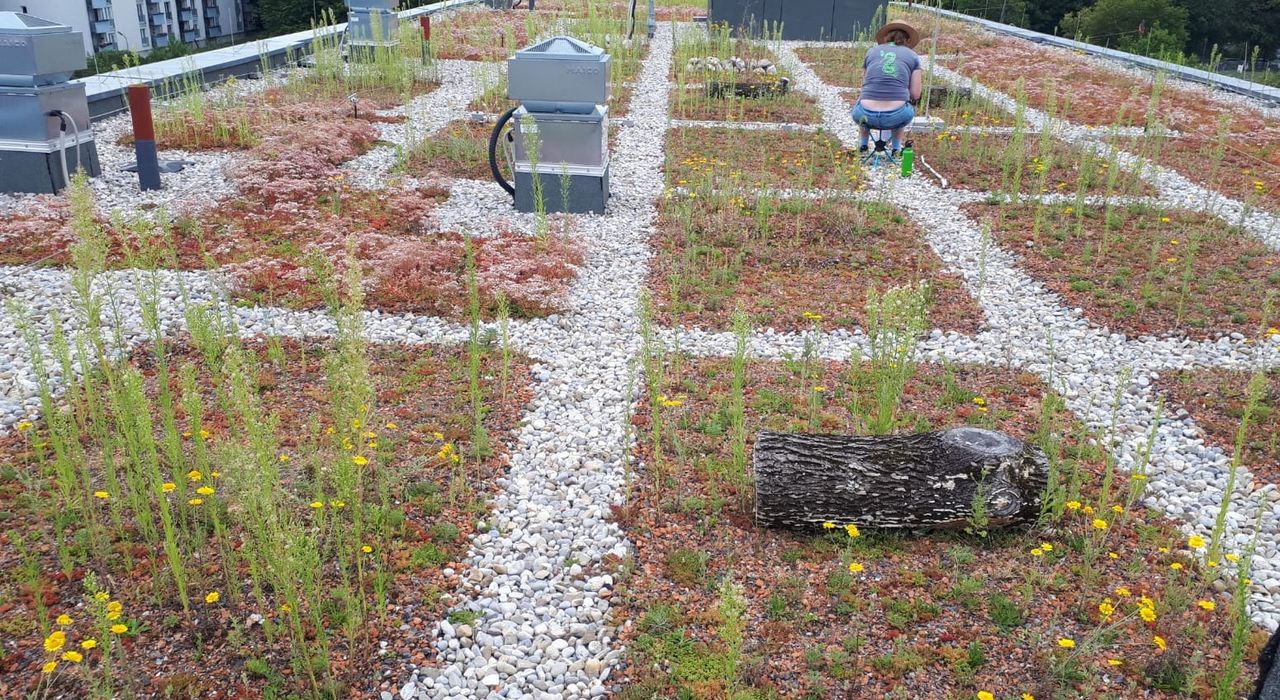Short summary
As part of a research project running until the end of February 2019, an innovative strategy for climate adaptation and biodiversity conservation - Animal-Aided Design - was tested in Munich. The example project, a structural redensification of an inner-city residential complex, was carried out in cooperation with GEWOFAG Holding GmbH. in Munich. In the current project, a success control will now be used to investigate whether animals can be included in planning right through to realization using the Animal-Aided Design method, thus contributing to the best possible adaptation of climate-sensitive areas to the consequences of climate change. The project therefore contributes to the development of sustainable, climate-friendly and thus future-oriented settlement concepts.
Objectives and Methods
A success control of the implemented measures is to be carried out and a safeguarding and optimization of the individual AAD building blocks is to be made possible, among other things, by including them in the maintenance routines of the housing complex. The focus is on biological monitoring. Above all, it is to be examined whether the target species considered in the planning have settled. In addition, results from the experiment on the settlement of invertebrates on the green roofs of the residential buildings will be evaluated. At the same time, residents will be informed about the measures.
For the biological monitoring of the target species house sparrow, brown-breasted hedgehog, green woodpecker and bat, as well as invertebrate fauna on the green roofs, several site visits will be carried out for a comprehensive inventory. The results will be analyzed and evaluated. In parallel, the procedure for further continuous monitoring will be developed.
StoryMap: Animal tour in Brantstraße
On this webpage you can take a virtual tour of the GEWOFAG housing in Brantstraße and discover the species protection stations for hedgehogs, woodpeckers, sparrows and bats.
